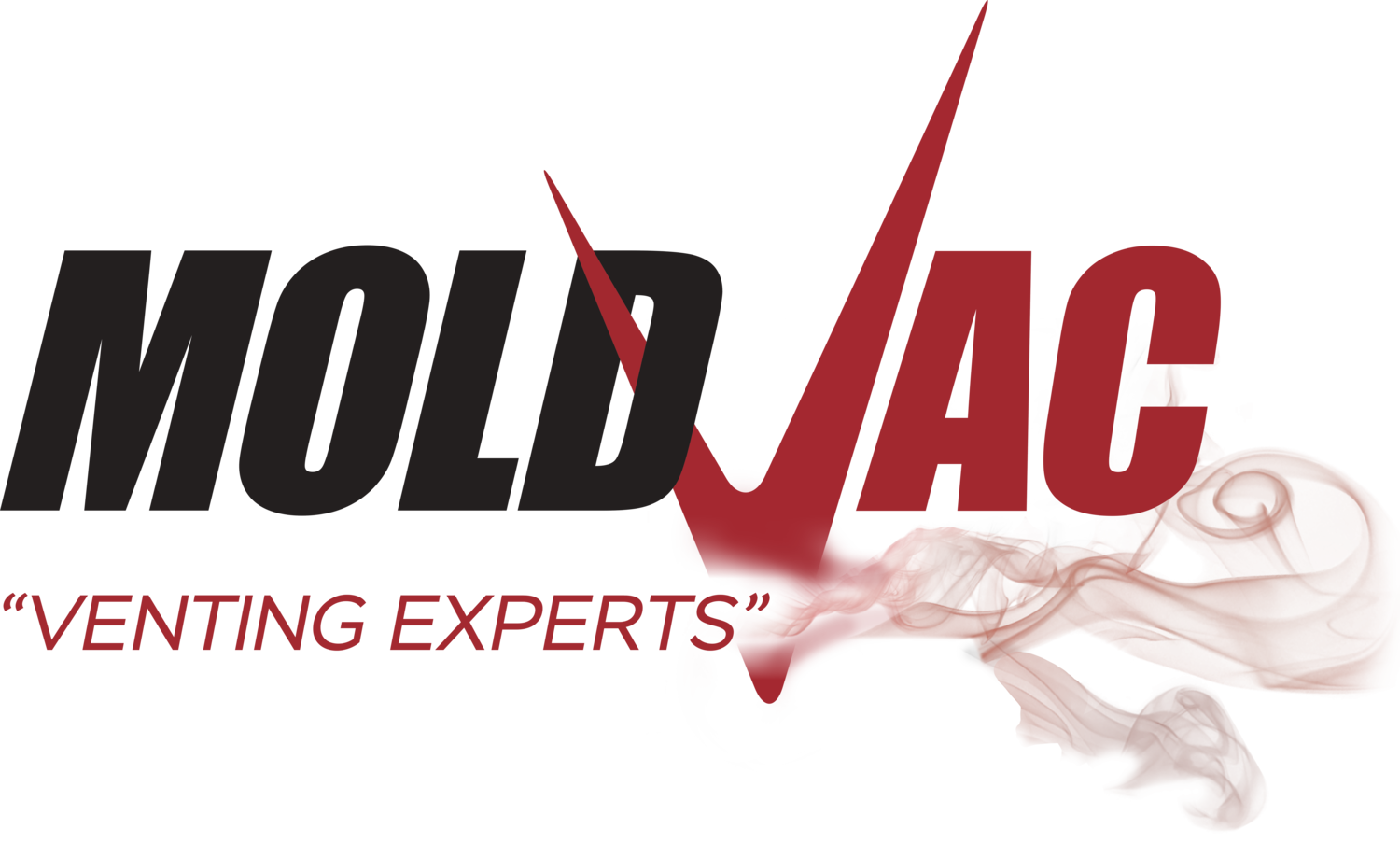Questions & Answers
Why Mold-Vac?
Mold-Vac’s are mold evacuation systems designed to eliminate entrapped air and gas within your mold cavities prior to, and during the injection cycle. Additionally, the blowback feature provides the capability to clean and purge vented ejector and core pins after each cycle.
What molding problems does the Mold-Vac solve?
The unit eliminates part burns, voids, and associated molding problems caused by gas and air entrapment. The unit cleans and purges vent pins thus eliminating residue build up, while reducing mold maintenance.
How would I know if the Mold-Vac is suited for my application?
First determine the cause of the problem. Is the problem caused by air or gas entrapment? Are you sacrificing cycle time to let the air and gas escape? If the answer is yes, then the Mold-Vac is well suited for your application.
What types of materials have been used with the Mold-Vac?
Both thermoplastic and thermoset. From ABS, Acetyl, Nylon, Ultem, PPO, PP to Phenolics. Unit operation is not dependent on material type.
How much vacuum can be drawn?
All units pull up to 20-24” of vacuum.
How does the Mold-Vac operate?
Connect tubing from the mold to the Mold-Vac.
Position vacuum and blowback limit switches.
Note: Activation of the vacuum limit switch starts both vacuum and blowback timers.
Set vacuum timer, same as first stage fill time.
Set blowback timer, same as total cycle time or total mold closed time.
Turn unit on.
Turn blowback on (if required).
Adjust vacuum and blowback regulators.
Note: For Vent-Vac, 4,000 & 10,000 models compressed air is required to generate vacuum. Verify proper CFM.
What is the compressed air requirement for each unit?
Vent-Vac 9.5cfm @ 80psi
Mold-Vac 4,000 17cfm @ 65psi
Mold-Vac 10,000 32cfm @ 65psi
Mold-Vac 20,000 Blowback only
Mold-Vac 40,000 Blowback only
Note: compressed air is required for the Vent-Vac, 4,000 & 10,000 series. A servo driven motor is used for the 20,000 and 40,000 series.
Is the vacuum level adjustable?
Yes, by adjusting the inlet air pressure (Vent-Vac, 4,000 & 10,000 models only) the vacuum level can be adjusted from 0” to 24” of vacuum. Simply turn the pressure regulator control valve to the desired setting as indicated by the vacuum gauge.
You offer 5 various sizes. Which unit should I purchase?
Proper selection is based upon a number of variables, part volume (cubic inches), fill time, and mold design. To select the unit for your application, please provide the information requested per our “Mold-Vac Application Criteria” worksheet.
What is required for installation?
The Mold-Vac is self-contained, i.e., all controls, gauges, etc. are mounted in a common panel for immediate installation and operation. Simply mount the unit beside the press, position the limit switches (2 supplied) or connect directly to open/closed contacts of molding machine and lastly, connect vacuum type tubing from the Mold-Vac to the mold.
The Mold-Vac has two phases of blowback, describe the first phase. Why is this feature important?
To assist in part ejection, the Mold-Vac provides a burst of compressed air just prior to mold open. Simply set the blowback timer to the desired setting (same as total cycle time). Opening the mold under vacuum can cause part distortion, the Mold-Vac’s blowback feature eliminates this possibility.
How does the second phase of blowback operate?
The second phase is controlled by the blowback limit switch. To eliminate residue buildup in vented pins, or tool steel erosion, position the blowback limit switch to activate upon mold open. Upon activation, compressed air will purge vented pins (with proper mold modifications) which will reduce mold maintenance.
Are mold modifications required?
Yes, minor tool modifications are necessary. The literature illustrates parting line and ejector pin modifications. A parting line installation consists of installing an “O” ring and a chimney around the cavities. The “O” ring is required to seal the mold and prevent ambient air from entering the cavities which, in turn, assists in creating the vacuum.
Can you provide the necessary tooling recommendations?
Yes, we can provide the necessary drawings illustrating the modifications required. Please submit a complete set of mold drawings, a sample part and an explanation of the problem.
How does the “O” ring stay in place, what is the maximum temperature the “O” ring can withstand?
The “O” ring can be glued in by using RTV (room temperature vulcanizing) silicone. A neoprene “O” ring can withstand temperature up to 160°F, vyton up to 400°F. “O” rings are available through various suppliers as outlined in the Thomas Register.
Vacuum systems are nothing new, consequently what advantages does the Mold-Vac have as compared to a conventional vacuum pump?
All units pull up to 20-24” of vacuum.






